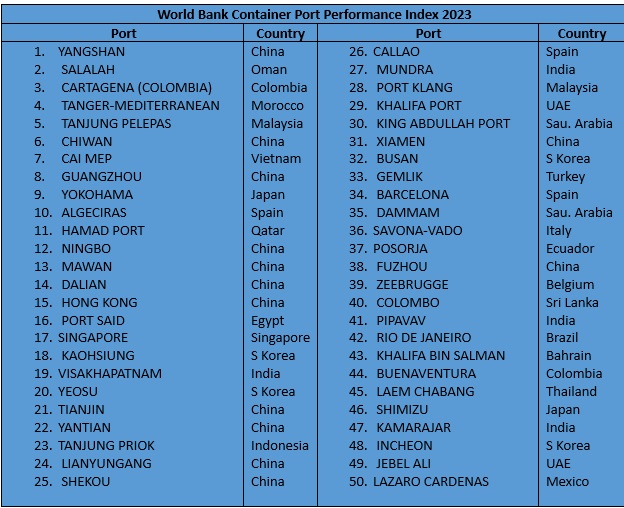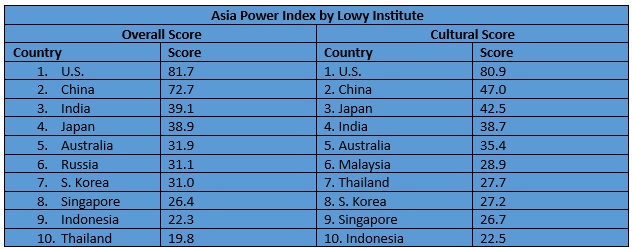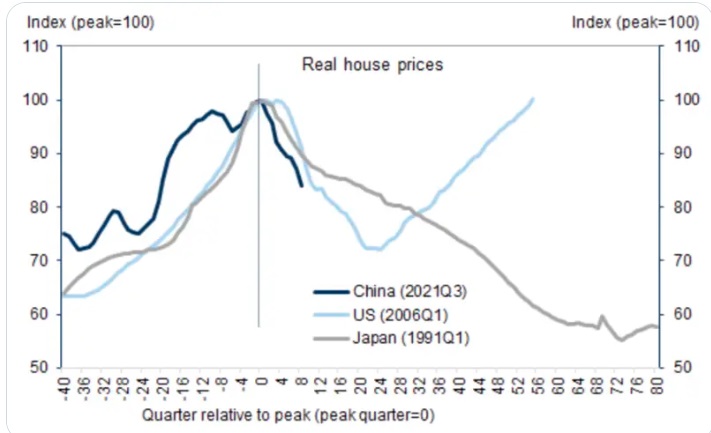We might have mentioned before that when we were a bachelor almost every Sunday morning we would make pancakes while listening to Johnny Cash. This was probably our best and most self-beneficent habit of our younger days. Often the first song we would play would be Sunday Morning Coming Down which, of course, was written by Kris Kristofferson. The too-good-to-be-fact checked myth is that Kristofferson pitched the song to Johnny by landing a helicopter on his front yard. Regardless of delivery method, to this day we maintain it’s one of the greatest songs ever written. We’ve referenced Kristofferson in the past when writing about Sinead O’Connor and how the singer-songwriter stood up for her during one of the bravest, most stunning moments to ever take place on a musical stage.
So we were saddened to hear of Kristofferson’s passing earlier this week. Whenever an artist dies nowadays, there are often attempts to beatify them, to make them into some sort of saint beyond the art they created. And such was the case with Kristofferson, and not just for his standing up for O’Connor but also that he was some kind of political savant. He was not. Some of his views and statements were helpful, some were not. But despite in the 21st century everyone believing everything is political, what was important about Kristofferson was not whatever political views he had but that he wrote, “Then I fumbled through my closet for my clothes; And found my cleanest dirty shirt; And I shaved my face and combed my hair; And stumbled down the stairs to meet the day;” and hundreds of other lyrics married to glorious melodies.
And so we sing about the latest Asia Power Index, eye what’s missing in the top 50 most efficient ports and call for nuance on China’s economy. It’s this week’s International Need to Know, not the Silver Tongued Devil of international information, nor the Bobby McGee of global data, just helping you make it through the night of this crazy, cool world of ours.
We saw Stop Making Sense again last night, this time in true IMAX. On occasion, humans achieve perfection. This was one of those moments. As Pauline Kael wrote forty years ago, “…you feel that they like working together, and if they’re sweating they’re sweating for themselves, for their pleasure in keeping the music going. They’re not suffering for us; they’re sharing their good times with us.”
Without further ado, here’s what you need to know.
Who Is Missing from Most Efficient Ports List?
Who’s a contender and who’s a bum when it comes to ports around the world? The World Bank’s Container Port Performance Index provides the answers. It assesses the most efficient ports in the world based on vessel time in port and other such criteria. As you can see in the rankings from the Index below, Chinese ports are well represented with three in the top ten, including Yangshan port near Shanghai ranked number one. But many countries have ports on the list, including Vietnam, Morocco, Japan, Singapore and Oman. In fact, Oman has the second most efficient port, Salalah. It’s important for many reasons for ports to be efficient. As the World Bank notes, “…ports and terminals, especially container terminals, can cause shipment delays, disruptions in supply chains, additional expenses, and reduced competitiveness.” You might notice something missing from the top 50 most efficient ports. A certain country not represented. One you would think would be. Oh yeah, the U.S. has no ports in the top fifty. Charleston comes closest, ranking number 53. Why would the U.S. do so badly? Hmmm, maybe read the news this week. We coulda been a contender.
The Latest Asia Power Index
Who’s up and who’s down in Asia? According to the latest iteration of the Lowy Institute’s Asia Power Index, China has plateaued, India has risen and the U.S. is a mix of both. The index tries to measure “resources and influence to rank the relative power of states in Asia.” It ranks 27 countries across criteria such as military capability, economic relationships and diplomatic and cultural influence. The U.S. still ranks first overall as you can see in the table below, followed by China and India. So it’s about what one would expect in such power rankings. India rose to number three from fourth last year with Japan falling a spot. Indonesia also increased its score quite a bit. One area we’re not sure we buy is cultural influence, an admittedly difficult thing to measure. The U.S. scores number one followed by China. But we’re not sure how China is culturally influential. Perhaps brands like Temu and Shein, and increasingly electric cars are what vault China to near the top. But it certainly isn’t art, movies and music. Perhaps in today’s world, however, those are outdated cultural influences, something people my age are more interested in than young people. At any rate, the Asia Power Index is well worth pondering.
China Corner: Give a Little Nuance
Analysis of China is vulnerable to a chief foible of our times: it is all or nothing, black or white, heaven or hell, nuance is treated like a cancerous tumor. And so when China recently announced some stimulus measures for its economy, reactions were typically over the top. Previously China’s economy was a disaster but now it will be a full bull market. The truth is China’s economy wasn’t collapsing, it was growing very slowly (as we predicted many years ago). This recent stimulus might help the economy to grow at a somewhat higher rate in the short term but mid and long term China will continue to grow slowly due to continued housing woes, demography and debt issues (at the local level). As you can see from the chart below by Bob Elliott, it’s going to take a while for China to completely recover from its overreliance on housing. But at the same time, China’s EV, solar, battery and other tech sectors are doing well at least in terms of technological progress and market share. Part of that is from over capacity issues, which leads to trade strains with other countries. China is neither a complete boom nor a complete bust—it is a slow growing economy, one that is still at upper middle income level, and with demographic challenges that will deepen next decade. In other words, like all large economies, it’s complicated. More on many of these issues in some Substack articles soon.




